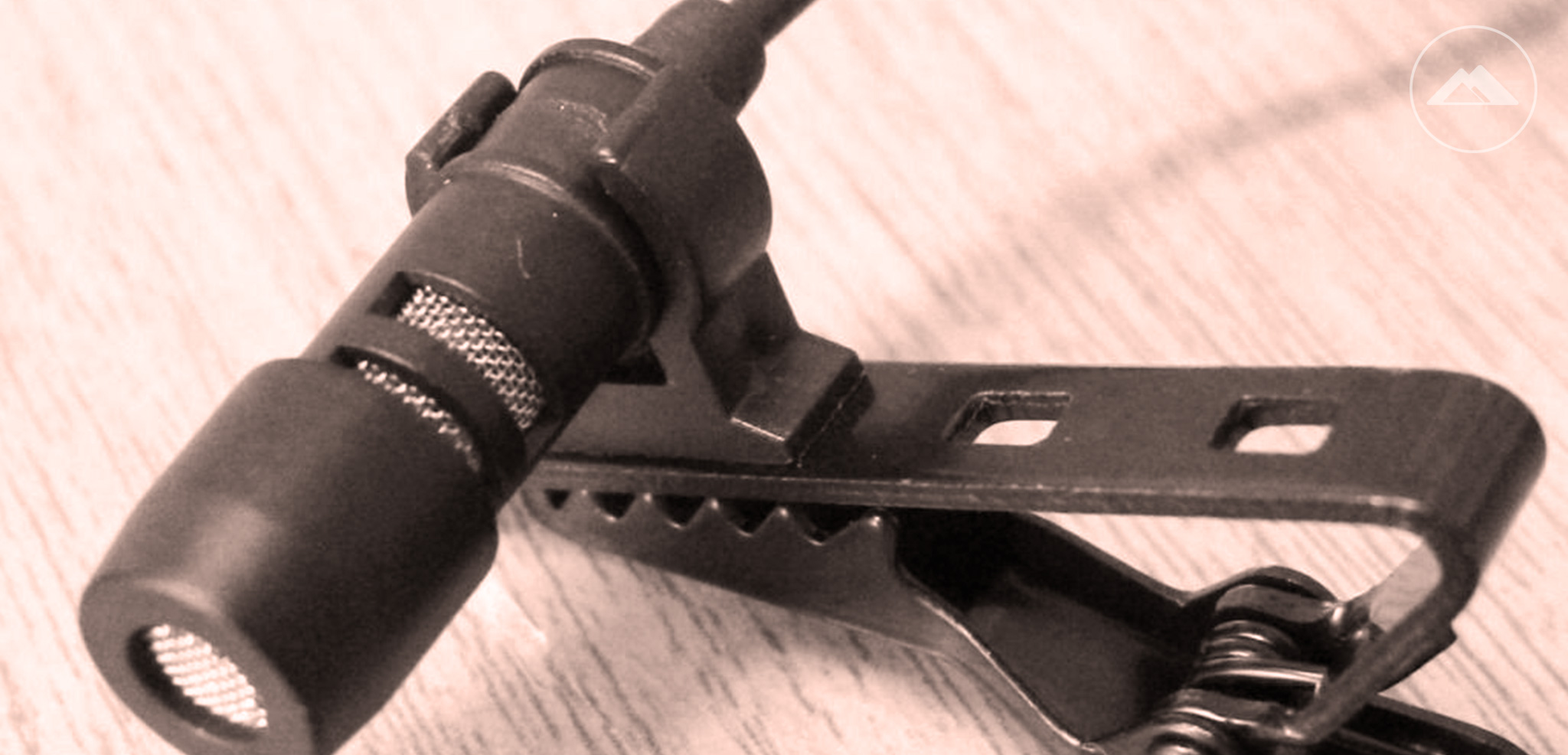
We’ve eventually reached the conclusion that we just have to use lapel mics. Zoom and directional mics will capture too much ambient and intrusive sounds that a lapel mic will barely pick up, and the difference in the quality in timbre is significant.
Lapel mics keep you in control of the day, not the people cutting down trees three blocks away (we speak from experience). While more expensive, we find it is well worth using wireless lapel mics which results in less clothes rustle. And the recorder won’t go flying when the presenter rushes off to the bathroom (though we’ve learned to our chagrin that it’s vital to turn the wireless mic off if they do.)
Whoever is looking after sound must have a good set of headphones and be paying attention for intrusive external noise at all times, which can be surprisingly easy to miss if multi-tasking.
We also capture 60 seconds or so of ambient room noise. This is useful for plugging gaps between edits.
When editing we’ve also learned along the way to avoid the temptation of using all of the editing suite’s noise-reduction capabilities. The ability to get a very clean sound can be seductive, but keep some ambient noise in – occasionally even add it. This keeps it warmer and more natural while disguising the inevitable close up sounds of ‘lip smacks’.
For online output we also push the levels a little higher than you would in conventional contexts as the the end users will more than likely be listening in on laptops or mobile devices with low volume low quality speakers.